
Creating your own custom green tea blend is an art that begins with selecting the right base tea. “Good tea, good tea leaves” is the foundational principle of blending, and the quality of the tea leaves you start with will significantly influence the final result. Whether using black, green, or oolong tea, premium leaves harvested from high-altitude regions, such as those in Japan, offer a fresh and flavorful base. These teas are cultivated in ideal conditions, ensuring superior quality, taste, and aroma.
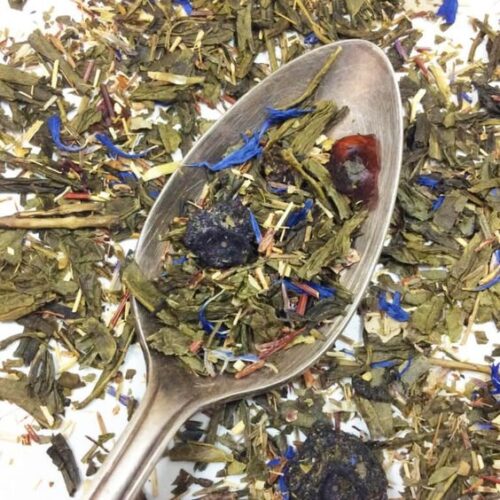
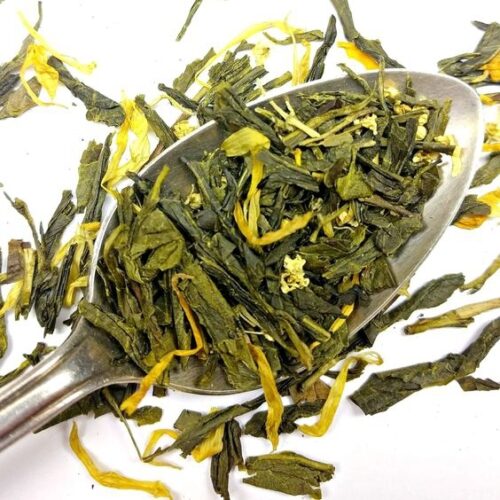
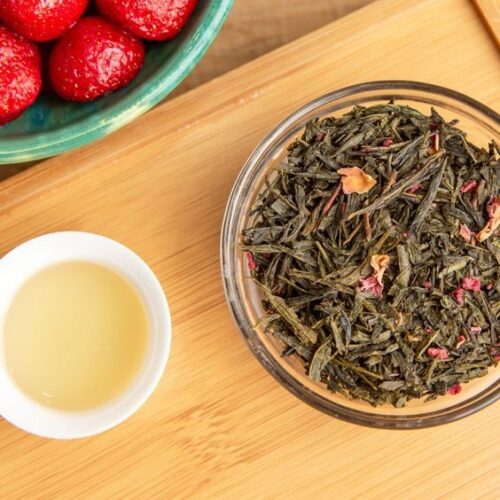
Once you have chosen your quality tea, the fun and creativity of blending begin. The goal is to complement your green tea with additional ingredients that enhance both flavor and health benefits. Many herbs bring unique aromas and medicinal properties, elevating your tea experience. For instance, lavender and dried roses are known to relieve stress and support circulation, while safflower can add a beautiful color to the tea while helping to reduce fat in the blood vessels. Chamomile and jasmine are excellent for relaxation and better sleep, while chrysanthemum helps reduce internal heat and supports heart health. Dried butterfly pea flowers nourish the eyes and boost immunity, while pandan leaves aid digestion and enhance skin health. Lemongrass is perfect for relieving nausea and expelling gas. Other intriguing ingredients to try include stevia, black sticky rice, ginger, mango, roselle, and cinnamon.
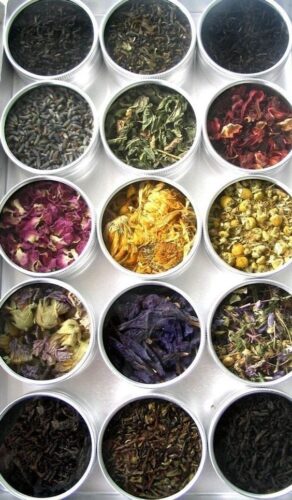
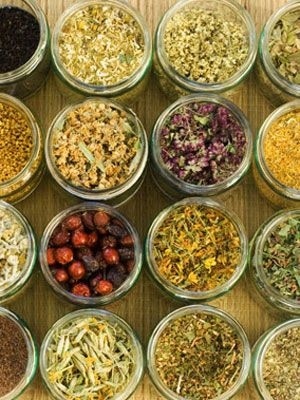
With an understanding of these properties, you can begin blending your own tea. Start by selecting a base tea and herbs that align with the flavor and health benefits you desire. The key to successful blending is gradual experimentation. Begin by combining your tea leaves with herbs in a 3:1 ratio—three parts tea to one part herbs—and use a tea bag or tea strainer for steeping. Brew your blend with hot water at approximately 95°C, and adjust the proportions until you achieve a flavor profile that matches your vision.
In addition to taste, consider the colors and aromas that will blend harmoniously. For example, pairing complementary scents like pandan leaves and lemongrass creates a refreshing balance, while mixing fragrant flowers such as roses and lavender may result in conflicting aromas. If you’re unsure, try brewing small batches to ensure the desired aroma, flavor, and color come through as expected.
Blending tea is a process that requires patience, as you will need to experiment with different combinations and proportions. Some ingredients may overpower others, while certain herbs and flowers require precise soaking times to release their aroma and color. It may take several attempts to achieve a balanced blend, but with each trial, you will refine your technique and develop your perfect tea.
For those looking to take their tea blending skills to the next level, creating personalized tea sets can be a rewarding and thoughtful venture. Expertly crafted blends can be packaged into beautiful jars or gift boxes, creating a unique and meaningful gift. These custom tea sets not only showcase quality but also offer a special experience for the recipient.
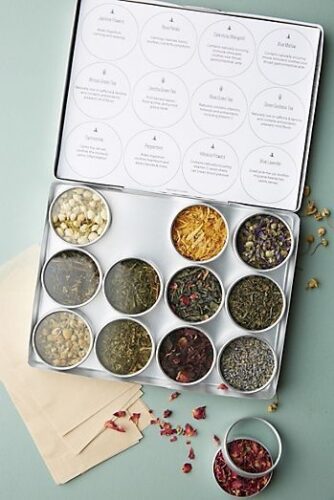

Sources:
http://www.lovecreatecelebrate.com/homemade-peppermint-tea/
https://creationsbyfc.com/products/tea-sampler-gift-set-10pc
https://www.anthropologie.com/wellness-teas-coffees-elixirs
http://www.womansday.com/health-fitness/10-healing-herbs-used-in-teas-75249
